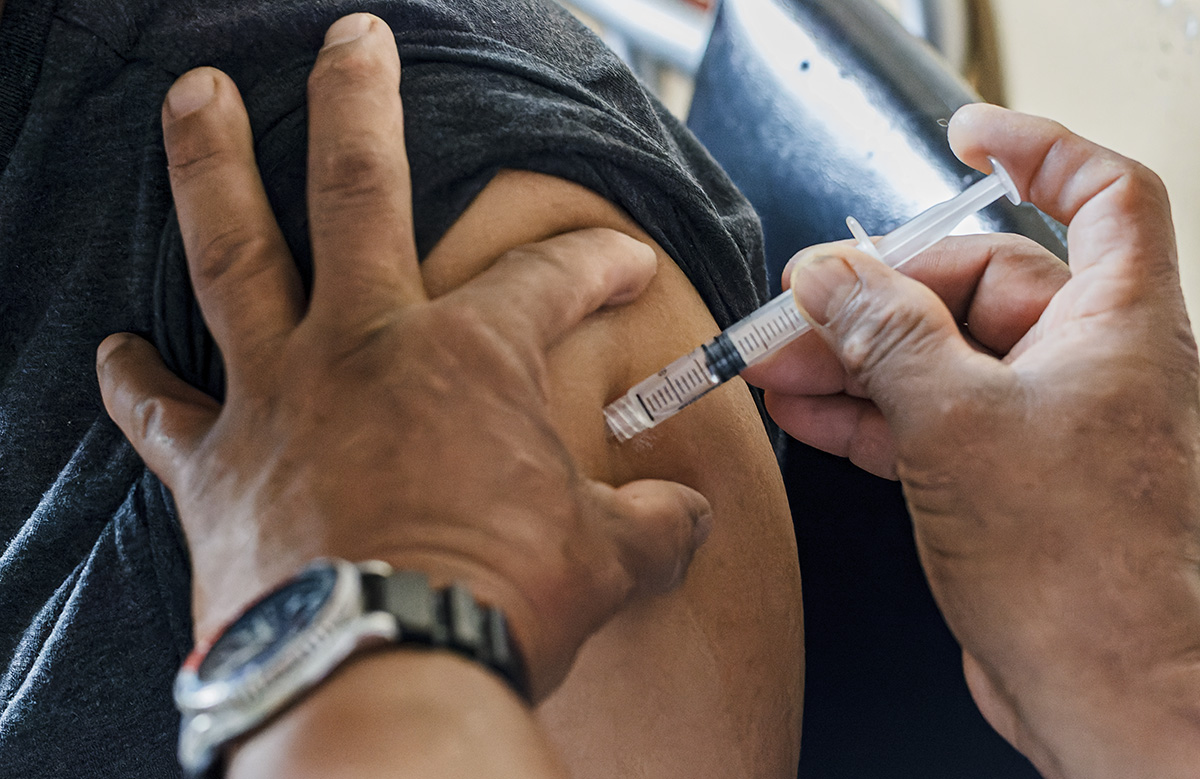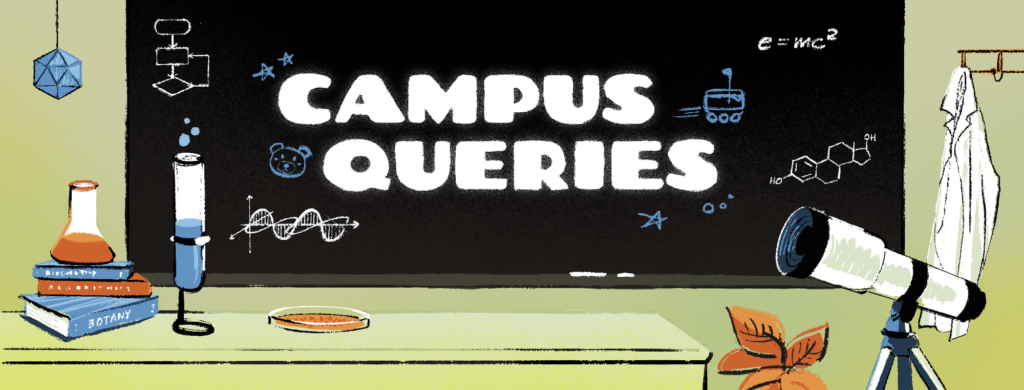Campus Queries: What is the bivalent vaccine for COVID-19?

A vaccine is administered into a person’s arm. The bivalent vaccine for COVID-19 is expected to be available in the fall. (Joseph Jimenez/Assistant Photo editor)

By Anna Dai-Liu
Sept. 16, 2022 8:56 p.m.

Campus Queries is a series in which Daily Bruin readers and staff present science-related questions for UCLA professors and experts to answer.
Q: What is the bivalent vaccine for COVID-19?
A: The United States Food and Drug Administration approved two new Moderna and Pfizer-BioNTech COVID-19 booster vaccines for use Aug. 31.
Both vaccines are bivalent, meaning they target two strains of the COVID-19 virus – the original strain and the BA.4 and BA.5 subvariants of the omicron variant, said Dr. Sarah Daouk, a pediatric infectious diseases fellow at UCLA Mattel Children’s Hospital. The original part of the vaccine will protect people from severe illness and hospitalization, while the new omicron-specific addition will provide targeted immunity against the subvariants that are currently circulating in the population, Daouk said.
The vaccines were created in anticipation of a possible spike in cases in the upcoming fall and winter, said Dr. Chaitali Mukherjee, executive director of the Arthur Ashe Student Health and Wellness Center, in an emailed statement. According to the Centers for Disease Control and Prevention, the BA.4 and BA.5 subvariants made up 99.8% of positive samples tested in the week of Aug. 21 to 27.
Dr. Huan Dong, a pediatric infectious diseases fellow at UCLA Mattel Children’s Hospital, said the new vaccine is necessary because new subvariants are able to bypass previous immunity offered by both older vaccines and previous infection.
“Recently, you’ve been hearing people, even people who are vaccinated, have two or three reinfections,” Dong said. “Even natural infection against the original omicron, like the omicron of early 2022 versus the BA.4 and 5 – it seems to not have been protective. And so it may be that these (subvariants) … have (a) very unique kind of genetics that are allowing them to kind of evade our previous protection.”
Daouk said the vaccine could help decrease the rate of new cases of symptomatic COVID-19.
Dong said that targeting these current variants may reduce the likelihood of the formation of new variants in the future. The vaccines need to be distributed in a timely manner because the virus is capable of rapidly mutating, Daouk added.
“The more that the virus is out there and spreading each time from person to person or multiplying within a person, there are minor variations, right, minor genetic mutations that can be passed on,” Dong said. “Each time it’s transmitted and circulating through multiple hosts, multiple people around a community, is how things like new variants start.”
According to a press release from the FDA, the vaccines were approved based on evidence that included safety data from human trials of a previous version of the vaccine. Both Daouk and Dong said the new vaccines are safe because they are similar to the original approved COVID-19 vaccines.
The FDA approved distribution of the Moderna booster for those 18 and older and the Pfizer-BioNTech booster for those 12 and older, according to the press release. Mukherjee said in the statement that the bivalent vaccine could be available starting in September, adding that students are able to receive the COVID-19 vaccine at the Ashe Center.
Both Daouk and Dong said they would encourage people to get the bivalent booster. Dong added that since there is limited information about the long-term effects of COVID-19, it is important for people to get vaccinated and boosted.
“It’s time for us to really come together to try to prevent future variants from forming and new disease and new kinds of challenges in the future,” he said. “This just helps us mitigate or hopefully reduce the risk of future complications associated with this pandemic.”

